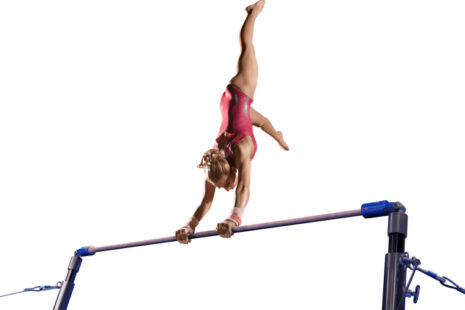Shoulder physical therapy is a comprehensive approach aimed at alleviating pain, restoring function, and improving mobility and strength in the shoulder, which can be affected by injury, surgery, or chronic conditions. Physical therapists develop personalized treatment plans based on the specific needs and goals of each patient.
Here’s an overview of what typically happens in physical therapy for shoulder issues…
Initial Evaluation
- Assessment – The physical therapist conducts a thorough assessment, including a review of the patient’s medical history, a physical examination of the shoulder, and tests to evaluate pain levels, range of motion, muscle strength, and functional capabilities.
- Goal Setting – Based on the initial evaluation, the therapist and patient set realistic goals for the therapy process.
Pain Management
- Modalities – Techniques such as ice or heat therapy, electrical stimulation (e.g., TENS), and ultrasound may be used to reduce pain and inflammation in the early stages of therapy.
- Manual Therapy – This includes hands-on techniques like massage, joint mobilizations, and manual stretching to decrease pain and improve mobility.
Improving Mobility
- Stretching Exercises – Targeted stretching exercises are designed to improve flexibility and range of motion in the shoulder and surrounding muscles.
- Joint Mobilization – Gentle, manual movements performed by the therapist can help to increase joint flexibility and decrease stiffness.
Strengthening
- Muscle Strengthening – Exercises to strengthen the muscles around the shoulder, particularly the rotator cuff muscles and the scapular stabilizers, are gradually introduced. This helps to support and stabilize the shoulder joint.
- Resistance Training – As recovery progresses, resistance exercises using bands, weights, or body weight may be incorporated to further build strength and endurance.
Functional Training
- Activity-Specific Exercises – The therapist tailors exercises to simulate the patient’s daily activities or sports-specific movements to safely return them to their regular routines.
- Ergonomic and Posture Training – Patients learn how to modify activities and improve posture to prevent future shoulder problems.
Education
- Self-Management Strategies – Patients receive education on managing their condition at home, including how to perform exercises correctly, use proper body mechanics, and apply ice or heat.
- Injury Prevention – Guidance on preventing future shoulder injuries is provided, focusing on maintaining strength, flexibility, and proper mechanics.
Modalities for Advanced Recovery
- Aquatic Therapy – Water exercises may be used to gently strengthen the shoulder with less strain due to the buoyancy provided by water.
- Dry Needling or Cupping – Some therapists may incorporate these techniques to reduce muscle tension and pain.
Monitoring Progress
- Regular Re-Evaluations – The physical therapist regularly assesses the patient’s progress toward their goals, adjusting the treatment plan as needed to ensure optimal recovery.
Physical therapy for shoulder issues involves a multifaceted approach that includes pain management, mobility and strength exercises, functional training, and patient education. The goal is to alleviate pain, restore function, and prevent future injuries, with treatment plans customized to meet the individual needs of each patient. Engaging actively in the prescribed therapy program and maintaining open communication with the physical therapist is key to achieving the best outcomes.




